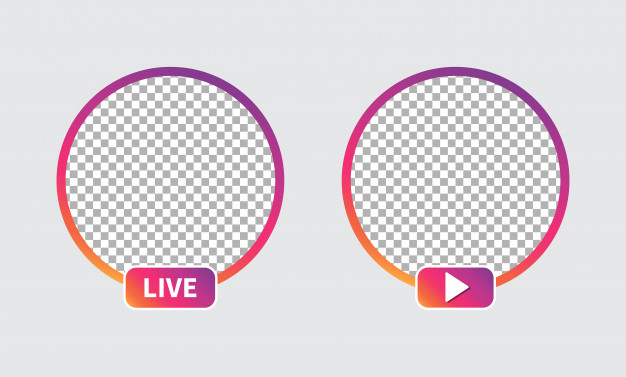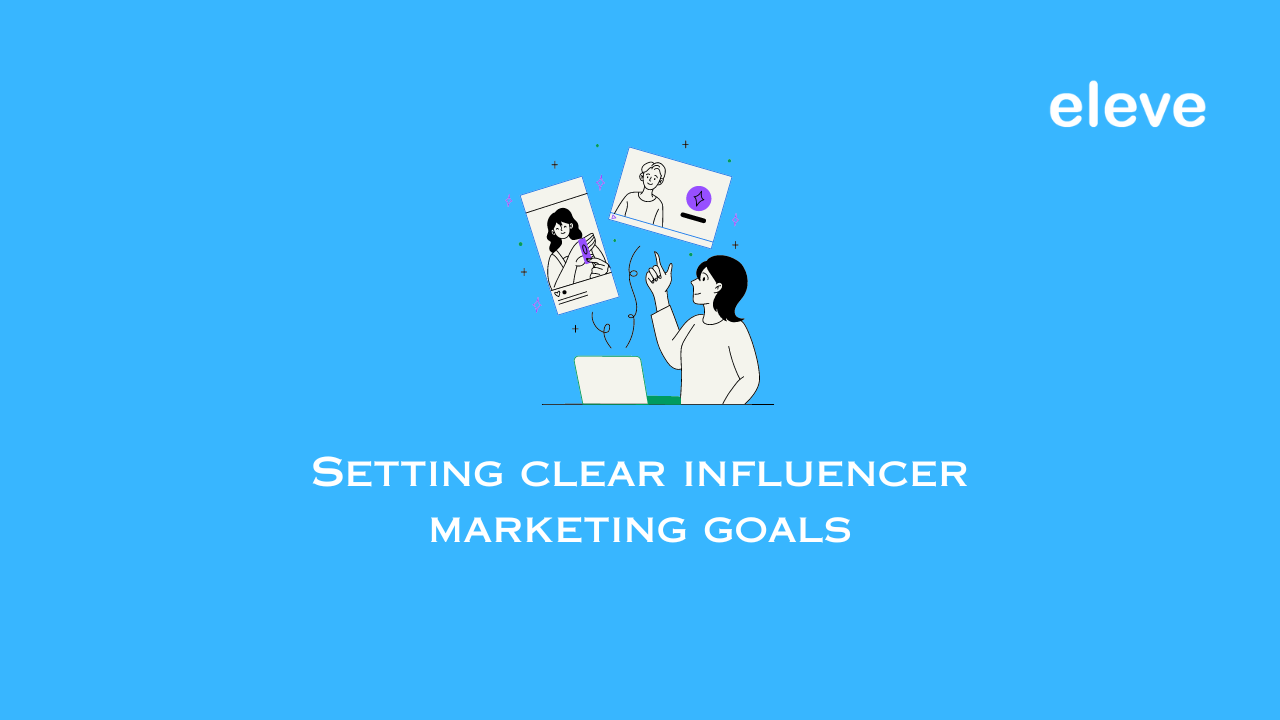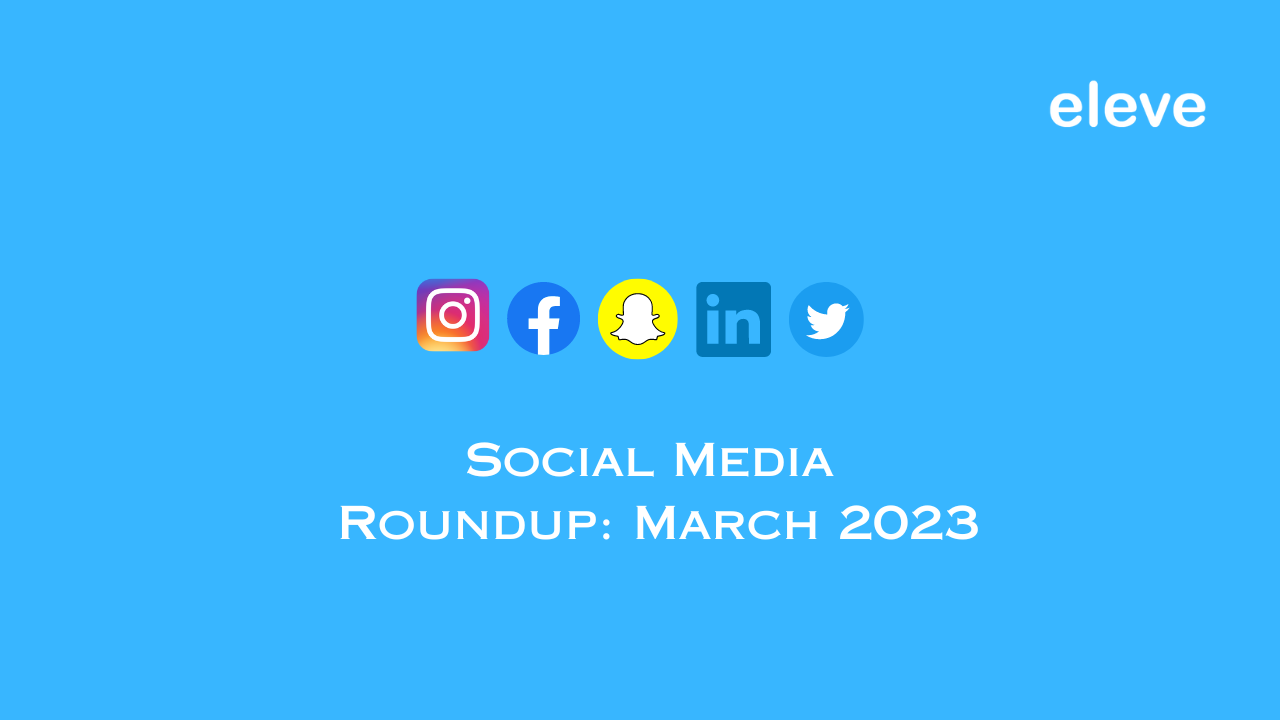With the rapid growth of digital media, new-age advertising has come into the current picture. As more consumers are getting digitally inclined, advertisers are now more focused on attracting the maximum number of clicks and views on their brands. While some brands like to take up the traditional advertising methods on multiple platforms; most advertisers are opting for subtle routes to gain their target audience’s attention.
As different modes of advertising advance and become better, it’s a crucial step to ensure how the consumers see such advertisements on these digital platforms.
With customized advertisement formats dominating social media platforms along with endless content that’s shared by creators, the difference between genuine content and advertisements is no longer a great one.
To ensure that the consumers are not misled and are aware of the clear demarcation between influencer content and content posted for commercial purposes, The ASCI (Advertising Standards Council of India) has issued some guidelines.

ASCI guidelines:
Disclosure is the key part of ASCI guidelines. All advertisements published by social media influencers or their representatives, on such influencers’ accounts must carry a disclosure label that clearly identifies it as an advertisement.
The disclosure must be made in a manner that is well understood by an average consumer.
- Following is the list of disclosure labels permitted. Any one or more can be used:
- Advertisement Ad
- Sponsored
- Collaboration
- Partnership
- Employee
- Free gift
- Also, the disclosure should be in English OR in the language as the advertisement itself in a way that is easy for an average consumer to understand
Here are the key pointers that influencers need to follow upon adding the above-mentioned disclosure tags for their brand campaign posts on social media platforms.

- It should be placed in a manner that is hard to miss
- Disclosures are likely to be missed if they appear only on an ABOUT ME or profile page, or bios, at the end of posts or videos, or anywhere that requires a person to click MORE.
- Disclosure should not be buried in a group of hashtags or links
- Using a platform’s disclosure tool should be considered in addition to an influencer’s own disclosure
- If the advertisement is only a picture or video post without accompanying text (such as Instagram stories or Snapchat), the disclosure label needs to be superimposed over the picture/video and it should be ensured that the average consumer is able to see it clearly
- For videos that last 15 seconds or lesser, the disclosure label must stay for a minimum of 3 seconds
- For videos longer than 15 seconds, but less than 2 minutes, the disclosure label should stay for 1/3rd the length of the video
- For videos that are 2 minutes or longer, the disclosure label must stay for the entire duration of the section in which the promoted brand or its features, benefits etc are mentioned
6. In live streams, the disclosure label should be announced at the beginning and the end of the broadcast. If the post continues to be visible after the live stream is over, appropriate disclosure must be added to the text/ caption

7. In the case of audio media, the disclosure must be clearly announced at the beginning and at the end of the audio, and before and after every break that is taken in between
8. A virtual influencer must additionally disclose to consumers that they are not interacting with a real human being. This disclosure must be upfront and prominent
9. Responsibility of disclosure of material connection and also of the content of Advertisement is upon the Advertiser for whose product or service the advertisement is, and also upon the Influencer
- For clarity, where Advertiser has a material connection with the Influencer, Advertiser’s responsibility will be to ensure that the posted Influencer advertisement is in line with the ASCI code and its Guidelines
- While the Influencer shall be responsible for making disclosures required under the Guidelines. The Advertiser, shall, where needed, call upon the Influencer to delete or edit any advertisement or the disclosure label to adhere to the ASCI Code and Guidelines
Now that you have learned everything about how and where to put disclosures, here are the following criteria that must be used to determine if the disclosure is even required or not in your influencer’s posts.
- Disclosure is required if there is any material connection between the advertiser and the influencer. [Material Connection – Any relationship that materially affects the weight or credibility of any endorsement and that would not be reasonably expected by consumers]
- A material connection isn’t limited to monetary compensation. Disclosure is required if there is anything of value given to mention or talk about the Advertiser’s product or service.
- For example: If the Advertiser or its Agents gives free or discounted products or service or other perks and then the influencer mentions one of its products or services, a disclosure is needed even if they weren’t specifically asked to talk about that product or service
- For example: If the Advertiser or its Agents gives free or discounted products or service or other perks and then the influencer mentions one of its products or services, a disclosure is needed even if they weren’t specifically asked to talk about that product or service
- Disclosures are required even if the evaluations are unbiased or fully originated by the Influencer, so long as there is a material connection between Advertiser and Influencer
- For example: Phone reviews, movie/series reviews, Unboxing videos, Food videos showcasing kitchen gadgets, etc
- For example: Phone reviews, movie/series reviews, Unboxing videos, Food videos showcasing kitchen gadgets, etc
- If there is no material connection and the influencer is telling people about a product or service they bought and happen to like, that is not considered to be an advertisement and no disclosure is required on such posts.
An important point to note:
- The influencers are advised to review and satisfy themselves that the advertiser is in a position to substantiate the claims made in the advertisement.
Key definitions:
Influencer – An Influencer is someone who has access to an audience and the power to affect their audiences’ purchasing decisions or opinions about a product, service, brand or experience, because of the influencer’s authority, knowledge, position, or relationship with their audience.
Virtual Influencer – Virtual influencers, are fictional computer-generated ‘people’ or avatars who have the realistic characteristics, features, and personalities of humans, and behave in a similar manner as influencers.

- Example: Lil Miquela – 3 million followers, Shudu – 218 k followers, Bermuda – 286k followers, Blawko -152k followers
Material Connection – A material connection is any connection between an advertiser and influencer that may affect the weight or credibility of the representation made by the influencer. A material connection could include b is not limited to benefits and incentives, such as monetary or other compensation, free products with or without any conditions attached including those received unsolicited.
Digital Media – Digital Media is defined as a means of communication that can be transmitted over the internet or digital networks and includes communication received, stored, transmitted, edited, or processed by a digital media platform. Digital Media includes but not limited to,
- Internet (advergames, sponsored posts, branded content, promotional blogs, paid-for links, gamification, in-game advertising, teasers, viral advertising, augmented reality, native advertising, connected devices, influencers, etc.)
- On-demand across platforms including near video on demand, subscription video-on-demand, near movie on-demand, free video. On-demand, transactional video on demand, advertising video on demand, video on demand, pay per view, etc
- Mobile broadcast, mobile, communications content, websites, blogs, apps, etc. / Digital TV (including digital video broadcasting handheld and terrestrial), etc
- NSTV (non-standard television)
- DDHE (digital delivery home entertainment)
- DTT (digital terrestrial television)





